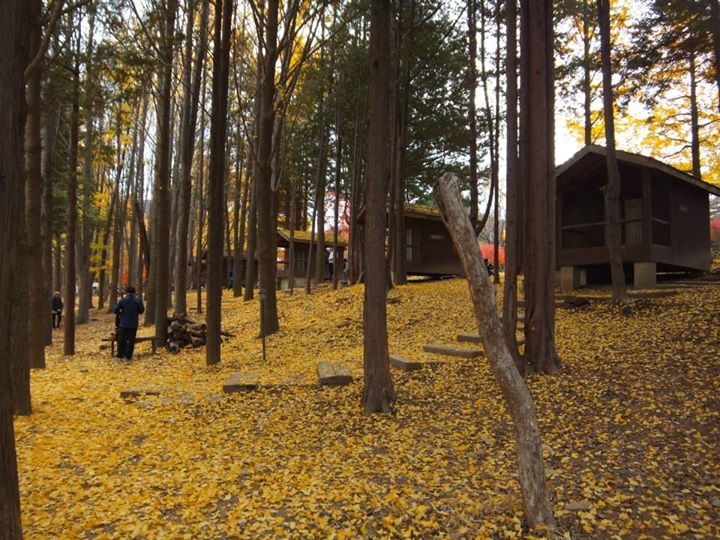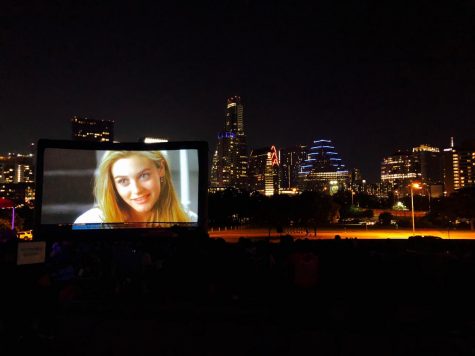SEOUL: tourist traps and Korean nature
Nami Island is located near the city of Gapyeong, a small rural town in the northern center of South Korea. Despite its distance, it is reachable from Seoul by the standard subway and is a popular way for people to escape the crowded city on the weekends.
As you stare out the window on the train, you get to see the immensity and high level of urbanization of the country. The residences and industry seem to run on forever as you fly past them in the train. Then, just as you begin to wonder if you will ever escape the grips of the city, it dies abruptly.
Autumnal trees cover rolling hills and mountains. The Korean countryside is an invaluable and unique part of the country known for its technology and modernization.
Then you see something that is truly Korean. Just as you begin to approach the next station, immense 20-story apartment complexes arise out seemingly nothing, ready to funnel the young working class onto the train and into Seoul. It provides this feeling that the city is still struggling to take over, crawling further from the urban center.
As we arrive at Gapyeong, nature seems to have finally won the struggle and we are greeted with open fields of buckwheat. There are signs on the road indicating the direction of the island and there seems to be a crowd heading that direction. We follow them.
While standing in line for the ferry to arrive to Nami Island, I felt the way a fish must feel as it realizes it has bit on to a hook. Everything about the the line I was standing in screamed “tourist trap.” A majority of the people in the line were tourists from other Asian countries and when we approached the ticket counter we discovered that we would have to pay more than the Korean friend because we were foreigners.
There was an alternate method of getting on the island, a zipline that towered high above us. A bungee jump stood near the river behind us and as I watched someone who had just payed way too much for a “unique experience” plummet through the air, my heart fell with them.
After waiting in line for approximately an hour, we were herded tightly onto a ferry boat. From the upper deck of the boat, I stared back at the shore as we creeped slowly away from it. The mountains stood towering behind the restaurants, splashed with the colors of Autumn. A strong breeze ripped through the trees and I felt my discomfort begin to ease. By the time the ferry reached the island, my reservations had already pulled a complete turn around. My jaw had dropped so low I nearly tripped over it on my way off the boat.
Despite its appeals to tourism Nami Island is still a beautiful piece of Korean nature. Yes parts can be a little tacky, such as the small train for children, but even those things can’t tarnish so much natural beauty.
There are so many different types of trees and each one turns its own unique color in the fall. Many of these colors are ones I had never seen before in nature, reds as deep as lipstick and oranges as neon as toy cars.
Korea maybe known for its cities but out in the country lies some of its best treats.




